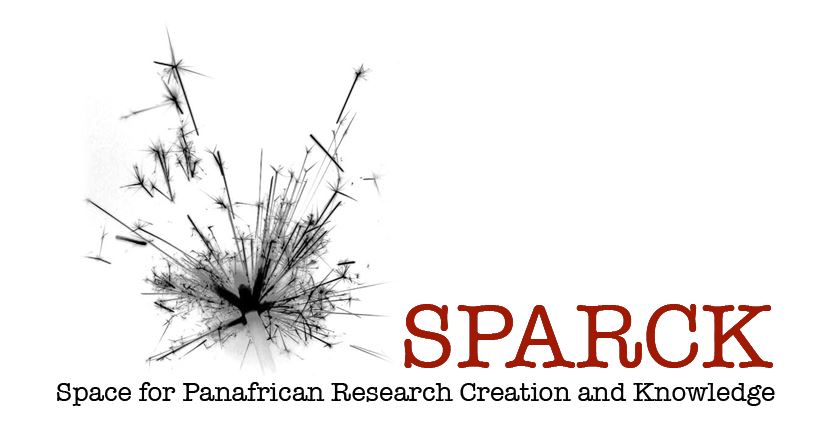How did we all end up here, in the so-called “season of darkness”? And how did I end up at a symposium with the same title and eventually wrote an article about it?
Both questions may seem out of place at first, but although answering the first one was not, nor should it be the responsibility of the symposium organized by OFF-Biennale – subtitled “Being Civil in an Uncivil Society” –it does highlight the context out of which it was born: a world and even more so a region in times of crises, whether it be political, economic or environmental, directly after years strongly affected by a pandemic and happening not all because, but “all besides” a full-blown war in a neighbouring country. Unexpected and new challenges have appeared not in the place of, but alongside those to which organizations, institutions, artists, and civils have been striving to respond, which further enhances the need for collaboration, community, and solidarity.
Maybe the need for lumbung.

The second question might seem egoistic. It is not. Quite to the contrary, the answer is actually evidence of the opposite: of opening up the organization(s) and participation process not just of OFF’s fourth edition in 2024, but of the whole civil-artistic ecosystem, focusing on marginalized groups, yet unheard voices and unrepresented communities, with a strong focus on Eastern-Europe, but also working together on other local yet globally present issues, with communities that are although at many times physically distant, but rowing in quite similar boats.
The answer to the above question could easily seem banal, but to summarize it: my professor at university, Hajnalka Somogyi, leader and co-curator of the OFF-Biennale, let our class know that if we wanted to, we could volunteer at the symposium. I reached out, wanting to help, but knowing that I could only join after work hours. On the spot, sincerely, I could not be of much help – as every day, by the time I arrived everything had been set up already and running smoothly. Still, this made no difference to the participants of the symposium, who treated me not as a 23-year-old student who might have just randomly wandered into this international conference on contemporary artistic and civic initiatives, but as someone welcomed and even encouraged to strike up and join in conversations, contribute with questions or even my own opinion. Being invited to write this article is just the cherry on top, the pinnacle and prime example of the Budapest-based biennale’s intention of learning from the “lumbung experience” encountered at documenta 15.

DAY 1 / Lumbung in the Easts of Europe: The East Europe Biennial Alliance and Other Networks
How else could the symposium have started if not by an online greeting due to a positive case of COVID? Although I could not see the process behind the smooth online integration, I can imagine this did not result in any major hiccups in a far from post-COVID (as it seems), but post-2020 world, during an international conference of hybrid form.
After the opening, the symposium continued with two comprehensive panel discussions, both focusing on common findings of joint experiences – firstly coming from the Lumbung-based documenta 15, then from workings of the East Europe Biennial Alliance (EEBA) – founded in 2019 by the Biennale Matter of Prague, Biennale Warszava, Kyiv Biennial and OFF-Biennale Budapest in order to shape new forms of international solidarity with the goal of innovating institutional collaborations and proposing a different narrative of the East European region.
In the first roundtable discussion, alongside members of the OFF-Biennale Budapest and Mathias Eihnoff (Z/KU, Berlin), Farid Rakun was present as well, representing ruangrupa, the collective appointed as the artistic director of documenta15. Thus, the lessons and learnings from implementing the concept of lumbung at the exhibition held in 2022 in Kassel could be derived from and with the help of its source. While all participants, at the request of Luca Petrányi, the moderator, had to summarize their experiences with one single word, for example, decompressing and hopefulness being mentioned, eventually everyone touched upon the experience of learning from and teaching each other, and what this might have to offer in the future.
As a follow-up, the second panel took a more local perspective, although still building on not just global issues, but potentially global solutions as well, with the participation of Tereza Stejskalová (Biennale Matter of Art, Prague), Bartosz Frąckowiak (Biennale Warszawa), Serge Klymko (Kyiv Biennial), Laima Ruduša (Survival Kit Festival, Riga) and Eszter Szakács (OFF-Biennale Budapest). As Katalin Erdődi, the moderator, pointed out, the concept of lumbung has a parallel that has already existed for centuries in the region: while Hungarians know it as “kaláka,” Romanians refer to it as “clacă,” versions of it also exist in Bulgarian (tlaka), Polish (tłoka), Lithuanian (talkà) and Latvian (tàlka) – all of them bearing similar meanings: unpaid, joint voluntary work, collective assistance provided by neighbours. Which leads directly to a key word of the discussion and the symposium, the East Europe Biennial Alliance or even of our dark times: solidarity.
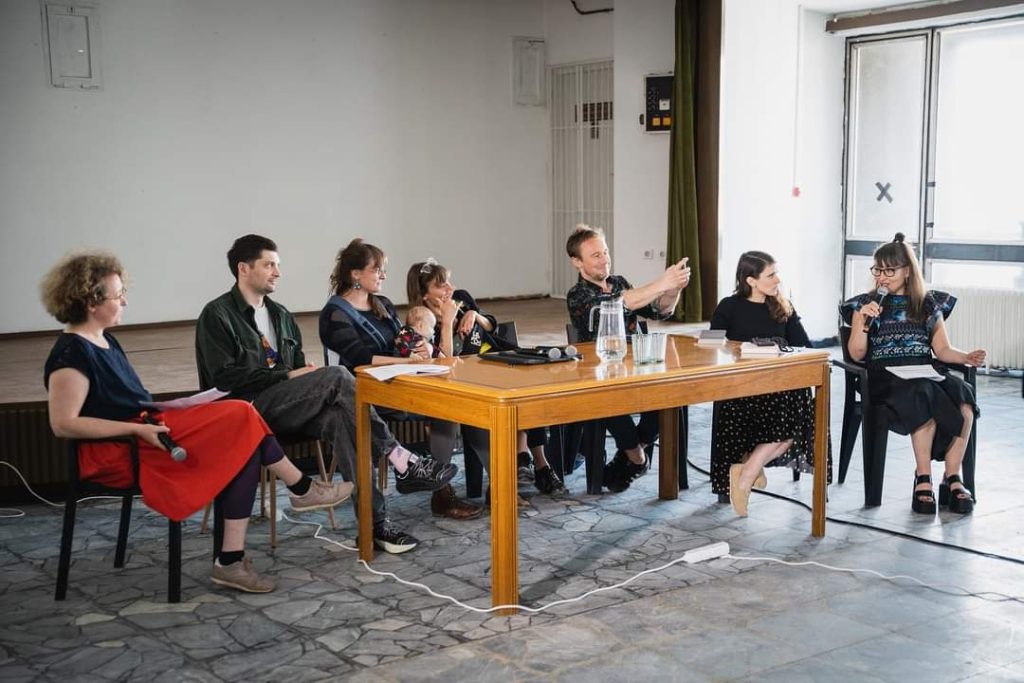
The first presentation of the Networks of Solidarity program, held by Kateryna Aliinyk, an artist working with paintings and texts, gave an insight into the atrocities happening in Ukraine, not via news headlines, statistics and drone footage – the almost inhumane way of observing ultimately human fates –, but through paintings that at first are seemingly unrelated, then become banal, then horrendous and thus, for us, unimaginable personal stories. As Ukraine has a deeply rooted tradition of gardening and agriculture, Aliinyk’s paintings (which are on view until the 30th of July at the Budapest Gallery, within the On Violence exhibition) showcase layers of the fields and ground from Donbass, where in the dirt, next to the soon to be harvested crop, mines and other signs of the Russian aggression can be spotted. Her texts, read aloud while the paintings were projected to the wall, are stories of their war influenced lifestyle, for example carrying 15 kilos of detergent or food to or from relatives, under gunpoint.
Coming up next, Daša Anosova and Matthias Einhoff, on the other hand, touched upon collectives and collective initiatives striving to make such personal stories like that of Kateryna somewhat more bearable or even hopeful. Daša presented several artist collectives that stopped their traditional cultural activity (visual artists, filmmakers, etc.) and tried to help reconstruction efforts in Ukraine by raising funds or reusing materials found. Meanwhile, Matthias delved into etymological layers of the term solidarity, highlighting that self-interest and solidarity are not contradictory, also raising awareness of mutualism and reciprocal altruism. Their projects have already built on the constant need for each other, like in the case of citizenship – Raise the Roof! or Modellprojekt Haus der Statistik, which once realised will tear down the barriers between different social groups, artists, civils and public office employees by moving their facilities and usable, physical spaces into one cooperative eco-system of infrastructures.
As the last speaker of the day, Zsolt Miklósvölgyi, editor-in-chief of the Hungarian Artportal magazine, ironically, joined in from New York via Zoom to present a wide variety of existing ethnofuturisms, including Afro-futurism, Gulf-futurism, or the geographically more proximate Tatra Futurism, YugoFuturism and Hungarofuturism, challenging the current nationalist tendencies.

During and after the conference, not one, but two screening programs were included in the repertoire of the event. Solidarity Screenings marked the end of the first day, projecting an anthology of films made about the war in Ukraine. The films were curated by Serge Klymko. Some of them reflected on the feeling of being abandoned, in a visually stunning but metaphorical way, while others were directly made in the chaos surrounding last year’s Russian invasion. Participants willing to donate or people who would “rent” the collection of films available on the Verziótheque would support members of the arts community in Ukraine.
Furthermore, for over 8 days, people had the possibility to also participate in The Budapest Screening of the lumbung Film collection from the common pot of film and video works created by lumbung members and artists.
DAY 2 / Civil Instituting: Roma and Minority Communities’ Instituting Endeavours
The second day of the conference began at the Budapest Gallery, with a curatorial guided tour by Lívia Páldi at the On Violence exhibition, with artists (including Kateryna Aliinyk, speaker of the symposium, as well as Anikó Lóránt and Dominika Trapp) interpreting gender-based violence from the perspective of women and queer people, conflicts of this type being already frequently met priorly, but sadly in an upheaval due to the increase of armed conflicts.
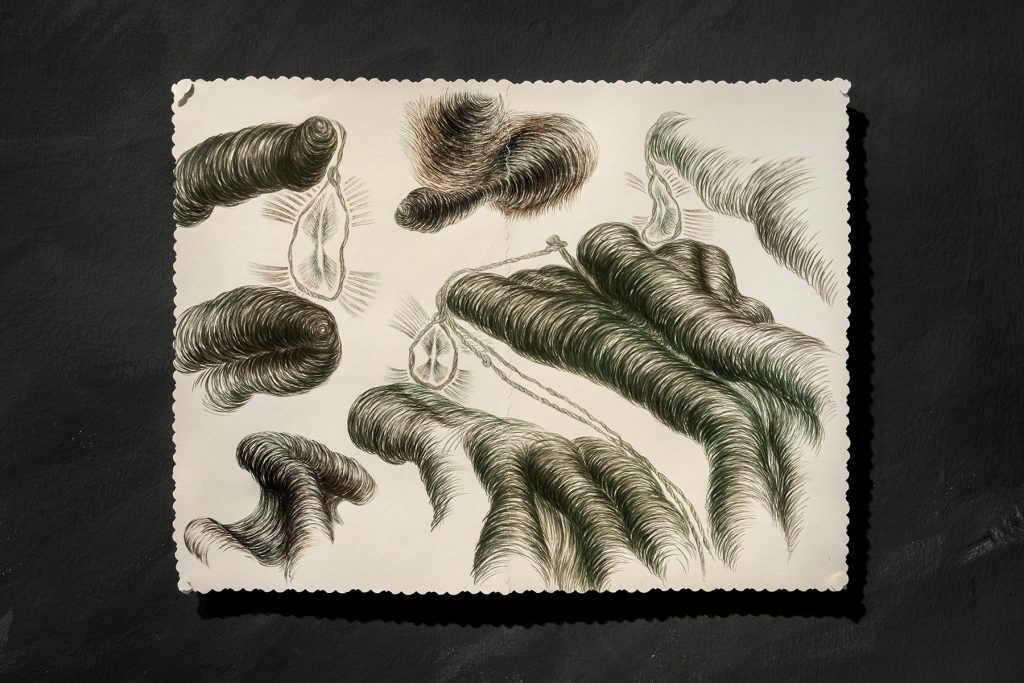
Returning to Nyolcésfél – a former telephone exchange headquarters revitalized as a cultural centre integrating exhibition spaces, studios and office spaces, now serving as the location of the symposium – two roundtable discussions were to be concluded, both moving on the axis of institutions, as key players in shaping communities, in the past, currently and also in the future. Although these were two completely separate conversations with different participants, looking at them retrospectively, their content could not have been more intertwined; the consensual view on the set of challenges and visions regarding establishments very much proving that they are present and real, including the process of decolonization, which – as Angéla Kóczé (CEU, Romani Studies Program) states – is still often understood in a very narrow sense, excluding other cases of dominance, like that of Roma people throughout Europe. Recognizing the need for a broader understanding of this process when it comes to minorities – with whom coexistence has been unquestionable for centuries – is essential, while the question remains if this can or should be helped from within institutions or from outside of them. This dichotomy can be also viewed in parallel with that of the institution and community, as institutions have distanced themselves from the communities they are meant to serve, portraying an image that the people are not needed for them to function. To alter this flawed way of operating, institutions must recognize and admit that they are insufficient without the contribution of the community. Renan Laru-an remembered a story at SAVVY Contemporary (Berlin), where they observed that otherwise curious people from diverse, marginalized communities walking by SAVVY would not enter as soon as they found art inside. The unorthodox solution was to display art that could be brought forward, to the windows, to be observed and befriended already from the outside, from the street.
The concept of the modern museum, as Lara Khaldi from de Appel puts it, is strongly connected to the (national) identity, as states depend on museums to build a national identity, but they do not necessarily take into consideration all the diverse groups contributing to the given state, nor that the identity is in constant transformation.
Another major characteristic of these top priority establishments, brought up later by dr. Zsolt Sári (ICOM Hungary), is the lack of true representation despite their mission claiming to be exactly that. Hopefully, this issue – museums turning a blind eye to ethnic, religious and sexual minorities, people in poverty and so on – can be fought against if museums act according to the newly updated definition of the museum, already including key terms like open to the public, accessible, inclusive, diverse and sustainable, as opposed to the definition of the museum from 60 years ago, when it was about the building itself.
As a refresher between the two discussions, the day also included a performance by an Italian artist from the Roma diaspora, Luna de Rosa, exploring past and present stories of Roma women through the act of Deep Listening in a specific, sensitized setting of metaphoric meanings.

DAY 3 / The Borough: Civil Networks on a Local Level
Arriving to the last day of the conference, a row of locally based civic and artistic initiatives, even solutions were to be showcased, starting with Recetas Urbanas, a design and advocacy collective utilizing public spaces to build structures for groups in need of community spaces. Although these mostly started as illegal or semilegal projects, Santiago Cirugeda, founder of the collective, explained that once decision-makers and authorities saw civilians happy because of their architectural interventions (like newly erected playgrounds), they understood the need for them. After 16 years of activity, the authorities, to be exact, the City Council of Madrid, reached out to them and commissioned them to build the socio-community centre of Cañada Real, as the tender was already deserted twice by companies.

While Recetas Urbanas’ presentation focused more on urban challenges, Katalin Erdődi shifted our attention to the rural, introducing us to the News Medley project, to give us a glimpse into the fates of the members of the Women’s Choir of Kartal, a village near Budapest. The project consisted of rewriting the lyrics of traditional folk songs, integrating both key moments of the choir members’ personal lives shaped by local conventions, nationwide regimes, and contemporary issues of living in the Hungarian countryside.
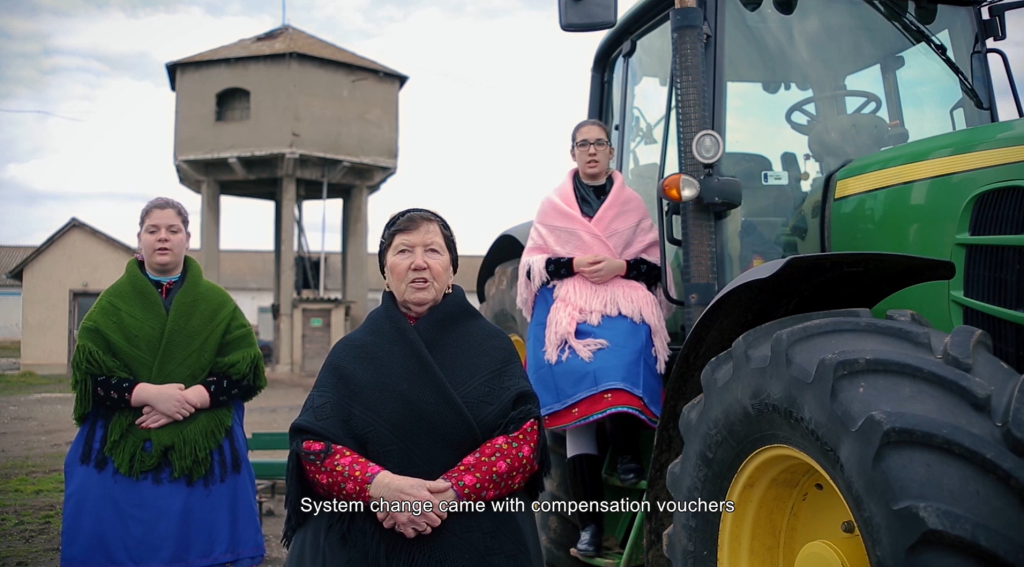
Two more projects were showcased, both dealing with marginalized communities, strongly present in the fabric of Budapest, but often overlooked and forgotten in the mainstream media and by authorities. Kata Oltai’s Tangó projekt focuses on the 8th district – the ethnically most diverse part of the city physically close to the inner city, priding itself with the Palace District as well as the National Museum itself, while also incorporating 18-19th century suburbs, home to the most marginalized parts of society – shining a light on its rich local history while strengthening the community of the most diverse neighbourhood of the Hungarian capital through research, outdoor exhibitions, and events. While the subjects and participants of the Tangó projekt are related by all of them belonging to a specific area, Artemisszió Foundation’s Mira is a specifically intercultural community with the mission of providing mutual assistance to refugees by occasions to meet, learning opportunities, and enjoyable experiences.
Even though the last (success) stories to be told at the symposium were of a great variety, some common points could be found throughout: similarly to what the modern museum should integrate in its activity – but without the established institutional background – these grassroot initiatives put values like intangible heritage and community at the basis of their functioning.
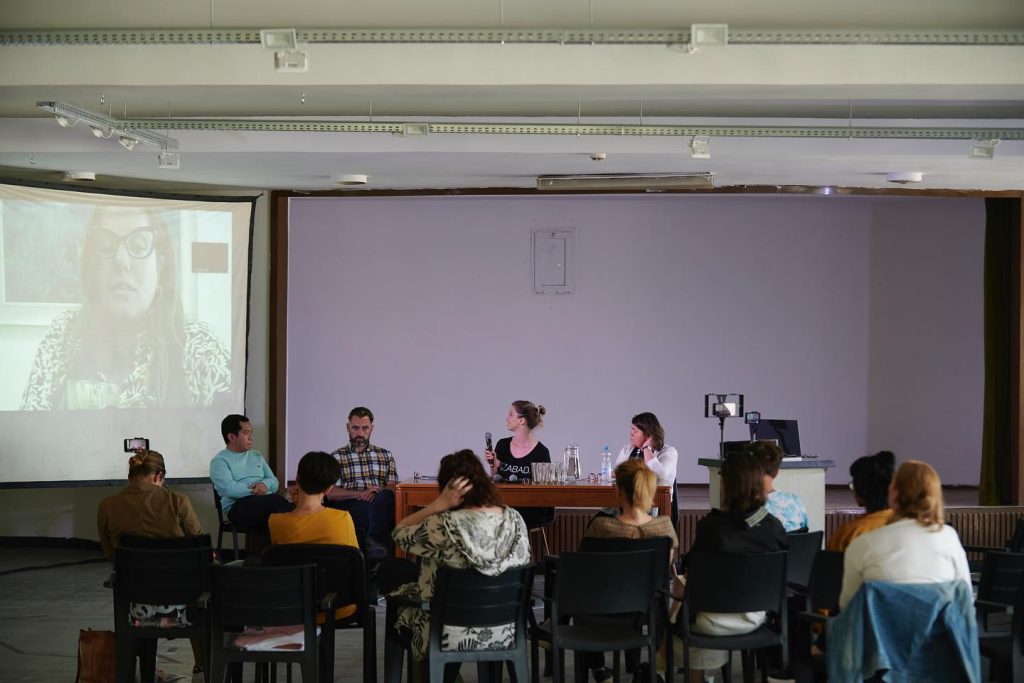
Of course, all of the above-mentioned presentations, roundtable discussions and screenings could not capture one of the essential elements of such a symposium – all the things enabled and made possible by “the space between the lines” of the official schedule: the unexpected encounters during coffee breaks, the questions raised after the end of a presentation, the conversations happening during dinner or after, over a few drinks and so on.
Neither the shortness – two and a half days – of the event, nor the often large distance understood either geographically or considering the fields of expertise and activity, prevented us from thinking of the figurative proximity between the people present, already forming a community preoccupied with arts in service of (marginalized) communities.
Speaking only from the perspective of a newcomer in transit (making all of this more impressive), if the principles – mostly coming from the lessons of the “lumbung-experience” of documenta 15 – seen and addressed here could be spread and enforced in several areas, there could be a slight chance at changing the seasons.
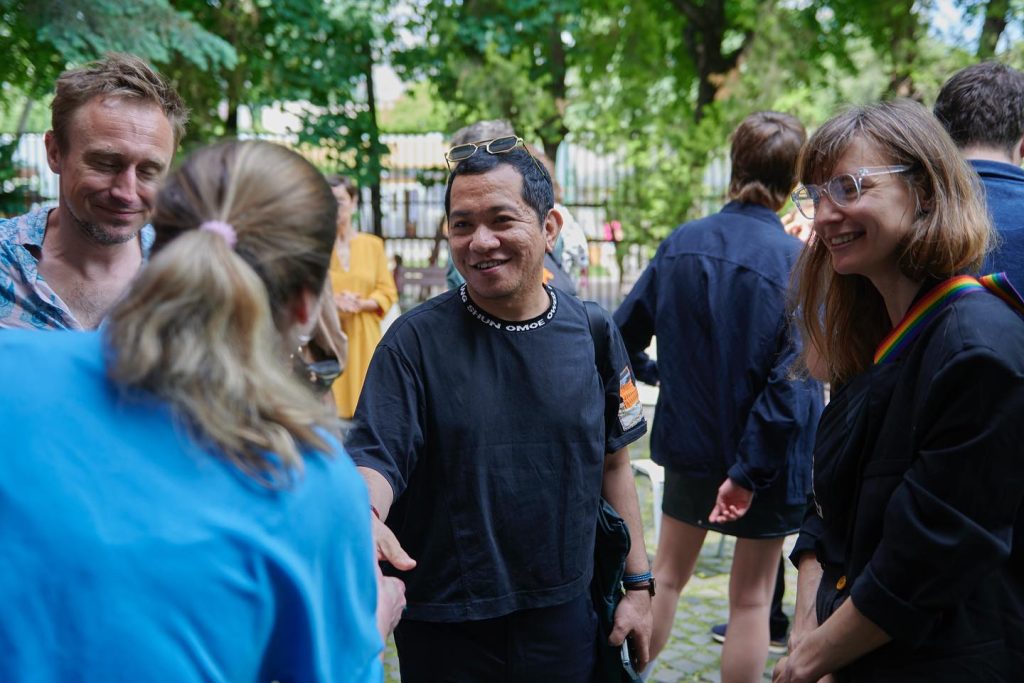
Ferenc Domokos is currently working as the gallery assistant of the Faur Zsófi Gallery
(Budapest, HU), while studying arts management at the Budapest Metropolitan University
(METU), specializing in curatorial studies, formerly being a gallery assistant of the Quadro
Gallery (Cluj-Napoca, RO). He is most preoccupied with the connections between art and
economics, as well as contemporary art. He wrote his bachelor’s thesis bearing the title Analysis
of independent variables defining prices of Transylvanian artworks through the method of
hedonic regression and is researching Central-Eastern-European contemporary art for his
master’s thesis.
What did you learn at documenta 15? is an open-ended issue edited by Dóra Hegyi, editor of Mezosfera, curator, and project leader of tranzit.hu Budapest and Gyula Muskovics, independent curator and artist based in Budapest. If you would like to contribute, please submit your proposal, including a 200-word abstract and your short bio in English at office@tranzitinfo.hu.
